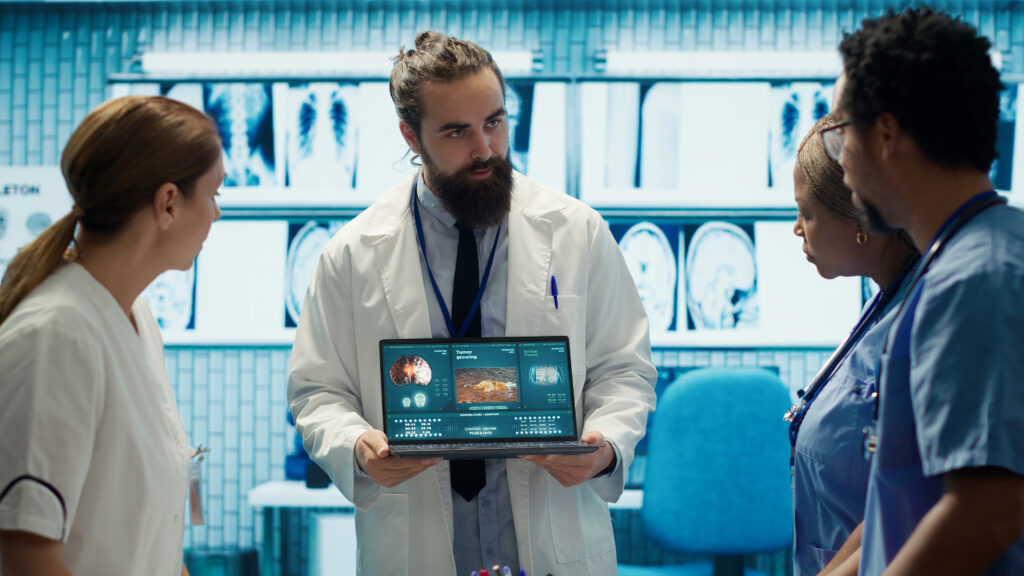Imgine a patient, seemingly healthy, walking into your clinic for a routine check. No symptoms. No major red flags. Yet inside their arteries, plaque may already be creeping, and subtle risk signals may already be present. For clinicians, this is familiar territory. The real challenge is catching those early whispers before they become crisis.
A recent study makes that urgency starkly clear. According to a report by STAT, more than 99 percent of people who suffer a first heart attack, stroke or heart failure show at least one “nonoptimal” risk factor in advance. This might be slightly elevated blood pressure, cholesterol that is high but not yet alarming, elevated glucose, or a history of smoking. The finding overturns the notion that cardiovascular events “happen out of the blue”. In almost every case, warning signs are already in place.
Meanwhile, experts cited in The Washington Post argue that atherosclerosis begins quietly, often decades before any clinical symptoms. They call for a paradigm shift, moving cardiovascular care upstream, toward early detection and plaque prevention, rather than reacting only when symptoms emerge. In other words, catch it before it shows up on an angiogram or causes a myocardial infarction.
As a clinician, you already weigh risk scores, lab panels, imaging and histories. But how confident are you in detecting the earliest subtle changes, especially in patients who are still “below threshold” for treatment under guideline cutoffs? That gap is exactly where innovations such as digital monitoring tools become game changers.
Sanolla’s digital stethoscope is designed to help fill that gap by giving clinicians the ability to detect early and accurate signals of vascular stress before overt disease takes hold. By highlighting deviations from a patient’s baseline and flagging patterns too subtle for conventional screening, it amplifies the sensitivity of your clinical judgment.
The imperative is clear: early detection saves lives, spares costly interventions, and helps shift care from reactive to preventive. When you can spot vascular changes before they manifest, you give yourself and your patients more options.
Cardiovascular events rarely strike without warning. The data show that nearly everyone who suffers a first-time event already carries at least one nonoptimal risk factor. Experts also discovered that plaque begins decades earlier than we often assume. As a clinician, you have the opportunity to intervene earlier, and digital tools like a statoscope can help you do that more precisely than ever before.

